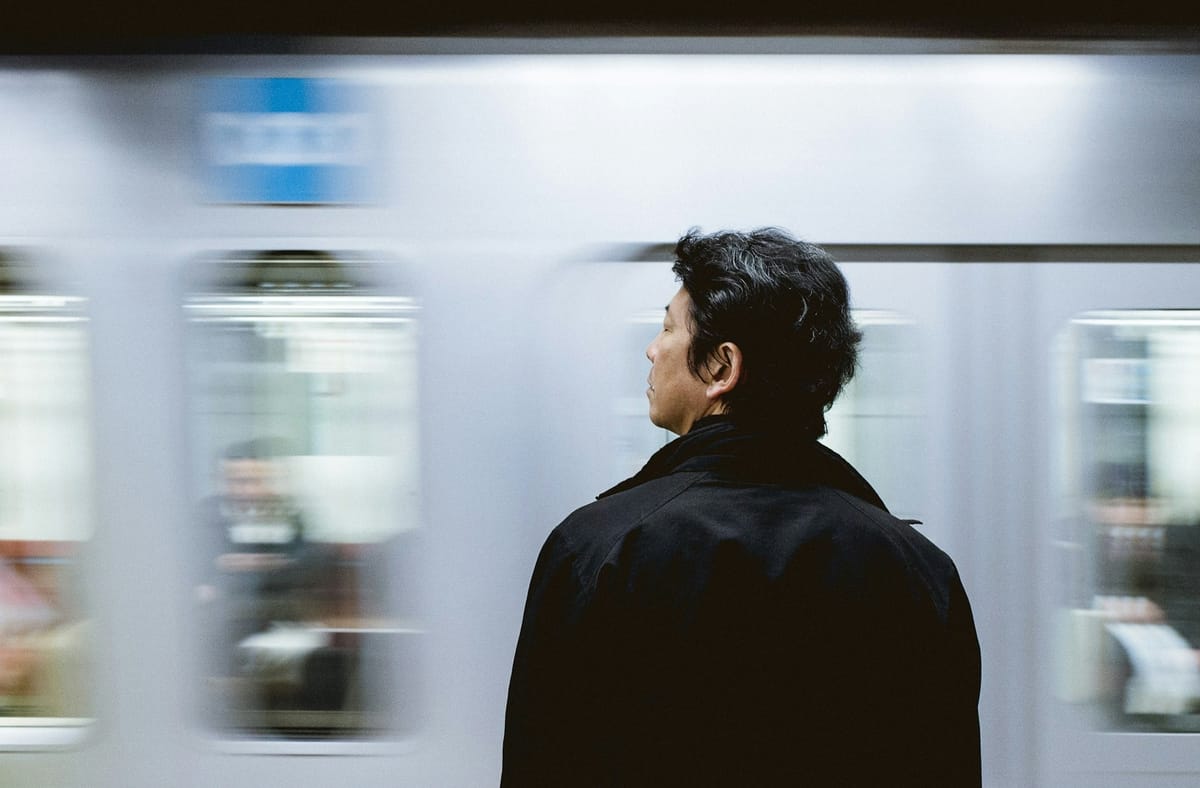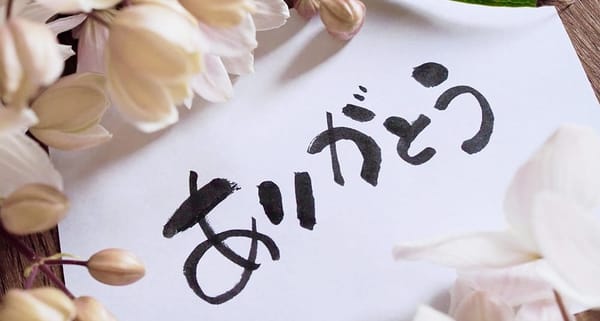“Saying Nothing” Isn’t Awkward in Japan: The Cultural Power of Silence
In Japan, silence isn’t awkward — it’s intentional. Learn how Japanese communication uses silence to express respect, empathy, and emotional nuance.

For many foreigners living or working in Japan, silence can be one of the most puzzling - and sometimes frustrating - aspects of everyday interaction. In many Western cultures, silence during a conversation may feel awkward or signal disinterest. But in Japan, silence is far more than a gap in speech; it’s a powerful, purposeful form of communication that reflects deep cultural values.
Silence Is Not Empty - It’s Full of Meaning
Unlike cultures where people rush to fill every pause, Japanese communication embraces silence as a meaningful space. It allows for reflection, signals respect, and preserves social harmony. Far from being a void, silence in Japan is a form of expression in its own right.
The Japanese concept of “ishin-denshin” (以心伝心) - literally, “heart-to-heart communication” - captures this beautifully. It refers to a kind of intuitive understanding shared among people who grasp subtle cues, body language, and context without the need for explicit words.
Cultural Roots: Why Silence Matters
Silence in Japanese society reflects core values like modesty, empathy, and social restraint. It’s often seen as the more polite and appropriate response in complex or high-context situations.
Japanese proverbs reveal this attitude:
- 「言わぬが花」(Iwanuga hana) - “What is not said is the flower.”
- 「口は禍の元」(Kuchi wa wazawai no moto) - “The mouth is the source of misfortune.”
These sayings highlight how excessive speech can lead to trouble - and why silence is often the safest, most respectful choice.
Silence as Politeness, Not Passive-Aggressiveness
In Japanese culture, being too direct is often perceived as rude or confrontational. Silence allows people to disagree, withhold judgment, or shift a conversation gracefully - without the need for bluntness.
As linguist Deborah Tannen observed, Japanese conversation reflects “extreme indirectness,” where saying nothing can say everything. Silence helps maintain emotional balance and prevents public embarrassment or loss of face.
The Science Behind Silence: How Long Is Too Long?
Westerners often feel uncomfortable after just 1–2 seconds of silence. But studies show that Japanese people can comfortably tolerate silences of up to 7 seconds in conversation - without perceiving them as awkward.
A cross-cultural study highlighted in the BBC Radio 4 program The Power of Silence found that Japanese participants were significantly more at ease with longer pauses than Westerners. In Japan, a pause is often interpreted as a sign of empathy, maturity, and respect for the conversation’s weight.
In contrast to Western norms where silence may signal a breakdown in communication, in Japan it is often a sign of deep engagement.
Non-Verbal Cues: Reading Between the Lines
Japanese communication relies heavily on tone, facial expression, and body language - often more than the words themselves. There’s even a cultural skepticism toward verbal fluency. Instead, emotional intelligence is measured by one’s ability to “read the air” (kuuki wo yomu).
For example, someone might say “I’m fine” with a slight downward gaze - and the listener is expected to understand that all is not fine. Silence and subtlety are baked into the conversation.
Silence in Traditional Arts and the Workplace
This cultural value is reflected in traditional arts like noh theatre, tea ceremony, and Zen meditation, where silence and stillness are not empty but full of contemplative weight.
In professional settings, silence is often used to show respect, process ideas, or avoid unnecessary conflict. In meetings, thoughtful pauses convey preparation and humility. Speaking too quickly or interrupting can seem aggressive or careless.
What Silence Teaches Us as Foreigners
For foreigners, learning to appreciate silence can be a gateway to deeper cultural understanding and smoother interpersonal relationships in Japan. It takes patience and attentiveness, but embracing silence allows us to:
- Understand unspoken signals
- Communicate respect
- Build trust without overexplaining
Rather than rushing to fill quiet moments, try sitting in them. You might find that silence says exactly what words cannot.
In Japan, silence is not an absence - it’s an art. It’s a tool for empathy, for reflection, and for connection. Whether you’re in a meeting, a train, or a conversation with a friend, listening between the words can teach you more than any textbook.
So next time you’re tempted to fill the gap with words, pause - and let the silence speak for itself.



